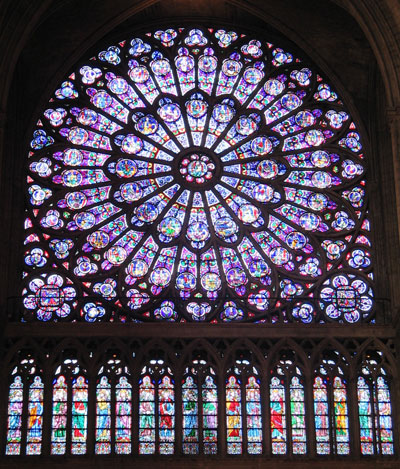by Nelson Fragelli

It is not often that one reads a book like Return to Order: From a Frenzied Economy to an Organic Christian Society—Where We’ve Been, How We Got Here and Where We Need to Go. Author John Horvat II presents an overview of the crisis inside modern economy and society and sketches a luminous path to a future solution. Return to Order begins by dealing with familiar topics, normally found in the daily news: economy, finance, markets, employment, social organization, and others.
Enter Raffle For Free Kindle And Free Copy of This Book
However, already in the book’s first chapters, the author almost imperceptibly adds an agreeably superior perspective. When analyzing industrial production, for example, the author discusses the personal dignity of both employers and employees.
When he deals with technology, a wholesome social order and individual mental well-being are invoked. Again and again, Mr. Horvat surprises the reader on how ordinary issues can be elevated to a higher plane.
However, the author also challenges old materialistic preconceptions of the modern world—views that for a long time were deemed untouchable—showing the reader how this materialism refuses to take human nature into consideration, even more, how hostile it can be. We see this especially in modern economy’s “frenetic intemperance”—a term the author coins—where a culture of unrestraint throws everything out of balance, and men end up functioning like machines.
So often a book of this nature dwells purely on economic problems, the thirst for profit, or the shortcomings of central planning. Not so with Return to Order. Mr. Horvat surprises his readers with the assertion that Christian virtues, both theological and cardinal, play a fundamental role in production and consumption, and in ensuring market stability—and with it, social stability.
He claims further that this is not an untried solution. It was the rule in days when our social order was more Christian, and par excellence, during the Medieval period. Mr. Horvat argues for a return to this order. Not a return to the historic Medieval period, but rather to the perennial Christian principles that informed its life and society.
He weaves these topics together masterfully, turning out a cloth that shines with that suave luminosity characteristic of all things Christian. Under that luminosity, mundane subjects acquire nuances that project themselves into concrete reality, real life, and the needs of our body and soul. The human spirit is not stifled and atrophied as in a mass society, but is filled with life and vigor.

Each chapter of Return to Order is like a stained glass window in a Medieval cathedral that is illuminated by a sunbeam of rigorous logic.
Just as the panorama becomes more grandiose the higher we climb up a mountain, so also the aspects of this Christian order that Mr. Horvat reveals to the reader are increasingly attractive. He outlines what must be at the very heart and soul of economy. He introduces us to the sacrality that should imbue the temporal order. He explains the good and legitimate dreams that should inspire us to perfection. And, little by little, the reader feels himself enveloped in an atmosphere that is very different from today’s frenetic intemperance. It is the atmosphere and joy of a truly Christian order.
By now, Mr. Horvat has prepared the reader to understand the concept of an “organic Christian society.” This is a society whose temporal and spiritual aspects unite harmoniously, yet remain distinct; analogous to the harmonious unity we see in human life itself, in which body and soul are united, but distinct. It is this grand vision, this fullness of perspective, which explains the joy one experiences when reading this great book. Each chapter is like a stained glass window in a Medieval cathedral that is illuminated by a sunbeam of rigorous logic. Questions that long lingered unanswered in our minds suddenly find solutions in affirmations backed by historical data, tight reasoning, faith and poetry.
The reader feels like many a cathedral visitor who, having admired the marvels of the Faith in the stained glass windows, leaves the sacred building with an enlightened reason and a soul filled with certainties.

No comments:
Post a Comment